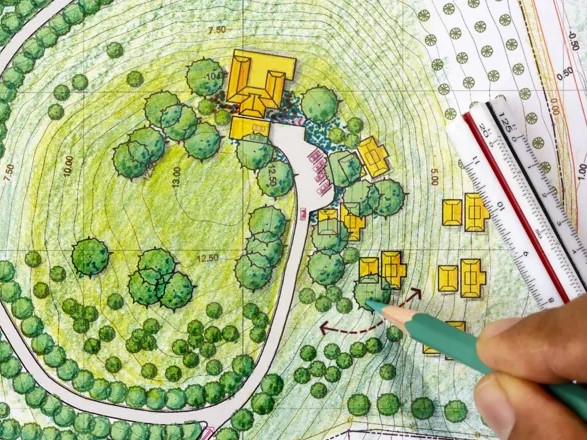Description
Landscape architecture is the art and science of shaping the outdoor environment for both ecological health and human enjoyment. In this course, learners will explore the essential principles and planning processes that guide landscape architecture. The course begins with an introduction to landscape design fundamentals such as space hierarchy, circulation, scale, and viewshed planning. You’ll then progress to site analysis techniques—topography, soil, hydrology, climate, and vegetation—used to assess site potential and constraints. Topics include sustainable planting strategies, green infrastructure, stormwater management, public realm design, and habitat restoration. Learners will engage in concept development and master planning exercises for parks, plazas, campuses, and residential landscapes, supported by visual tools like diagrams, section drawings, and mood boards. The course also explores the history and theory of landscape architecture, including influences from movements such as modernism, ecological design, and urban ecology. By the end of the course, learners will be equipped to approach outdoor space planning with a designer’s eye and an environmentalist’s conscience, ready to create spaces that serve communities and ecosystems alike.





Ukamaka –
This course gave me a solid foundation in landscape planning. The mix of theory and visual case studies made complex concepts easy to grasp and apply.
Ebere –
What I loved most was the emphasis on sustainability and cultural context. It’s not just about beauty—it’s about designing spaces that serve people and the planet.
Christopher –
Even as a hobbyist, I found the content incredibly accessible and inspiring. The planning principles taught here helped me rethink my entire backyard layout.
Shakirat –
This course covered everything from ecological considerations to spatial flow. It gave me new tools to improve how we plan and maintain public green spaces.
Suwaiba –
A fantastic introduction to landscape architecture! It helped me understand the relationship between natural spaces and built environments in a way textbooks never could.